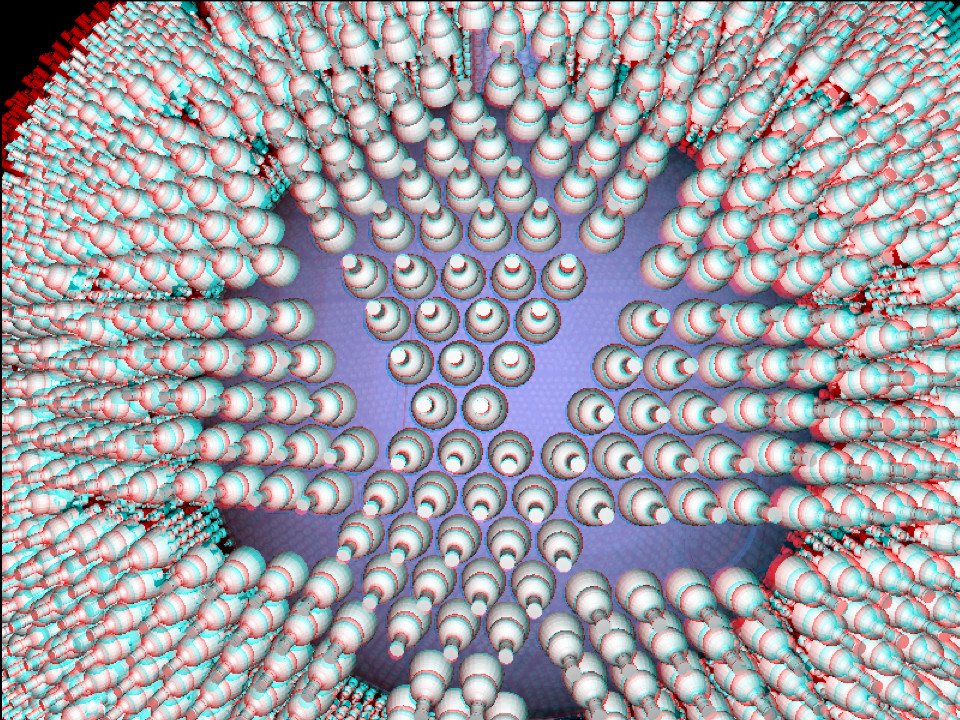

The result is functional yet affordable spaces for those seeking a Class A product in the Central West End,” said KDG president, Jason Braidwood. We created micro-units in the 400 square-foot range, and then complemented them with a mezzanine floor of flex office space. “We had the opportunity to design our interiors while significant cultural changes reshaped how folks live and work. Featuring 205 apartments above a secure parking garage, unit floor plans range from studios to two-bedrooms, with plans to introduce “micro-units” to the St. Sitework began last month at 4545 Laclede Avenue on the seven-story, ground-up, multifamily residential building.

Louis’ upscale Central West End neighborhood. enterica glutamine synthetase (colored green), which curls toward the active site.After delivering two multifamily complexes in 2018 - The Euclid and Chroma- KDG is adding another 1.4-acre property to their multifamily portfolio, this time in St. This long insertion forms a large flap that curls away from the active site, unlike the shorter flap formed by the corresponding region in the S. falciparum structure (colored red) that is absent in the S. We observed an extra 50-residue insertion in the P. falciparum glutamine synthetase, determined by cryoEM using our endogenous structural proteomics workflow, colored in cornflower blue. e, A single monomer from our atomic model of the P. The two structures align with an RMSD of 1.5Å. enterica glutamine synthetase crystallographic structure. falciparum glutamine synthetase, colored cornflower blue, is shown superimposed with the S. enterica glutamine synthetase, solved using X-ray crystallography, colored dark grey. c, The previously published structure of the S. The structures align with an RMSD of 0.548Å. b, Our atomic model of PfM18AAP (sea green), solved by cryoEM using our endogenous structural proteomics workflow, is shown superimposed with the previously published structure of PfM18AAP (gold), solved using X-ray crystallography. falciparum M18 aspartyl aminopeptidase ( PfM18AAP), solved by cryoEM using our endogenous structural proteomics workflow, colored to indicate the regulatory (pink) and catalytic (sea green) domains. Our approach is broadly applicable for determining structures of undiscovered protein complexes enriched directly from endogenous sources.Ī, A single monomer from our atomic model of the P. As a proof of principle, we applied this approach to the malaria-causing parasite Plasmodium falciparum, an organism that has resisted conventional structural-biology approaches, to obtain atomic models of multiple protein complexes implicated in intraerythrocytic survival of the parasite. The proteins in each complex are identified using cryoID, a program we developed to identify proteins in ab initio cryoEM maps. We present here a bottom-up endogenous structural proteomics approach whereby near-atomic-resolution cryo electron microscopy (cryoEM) maps are reconstructed ab initio from unidentified protein complexes enriched directly from the endogenous cellular milieu, followed by identification and atomic modeling of the proteins. crystallography often requires non-native constructs involving mutations or truncations, and is challenged by membrane proteins and large multicomponent complexes. 12 California NanoSystems Institute, University of California, Los Angeles, CA, USA. 11 Department of Microbiology, Immunology, & Molecular Genetics, University of California, Los Angeles, CA, USA. 10 The Molecular Biology Institute, University of California, Los Angeles, CA, USA.1 The Molecular Biology Institute, University of California, Los Angeles, CA, USA. 9 Zuckerman Institute, Columbia Medical School, New York, NY, USA.8 Department of Biological Chemistry, David Geffen School of Medicine, University of California, Los Angeles, CA, USA.7 Department of Biomedical Sciences, Iowa State University, Ames, IA, USA.6 Departments of Medicine and Molecular Microbiology, Washington University School of Medicine in St.5 Los Alamos National Laboratory and the New Mexico Consortium, Los Alamos, NM, USA.4 Hefei National Laboratory for Physical Sciences at the Microscale, School of Life Sciences, University of Science and Technology of China, Hefei, Anhui, China.3 California NanoSystems Institute, University of California, Los Angeles, CA, USA.2 Department of Microbiology, Immunology, & Molecular Genetics, University of California, Los Angeles, CA, USA.1 The Molecular Biology Institute, University of California, Los Angeles, CA, USA.


 0 kommentar(er)
0 kommentar(er)
